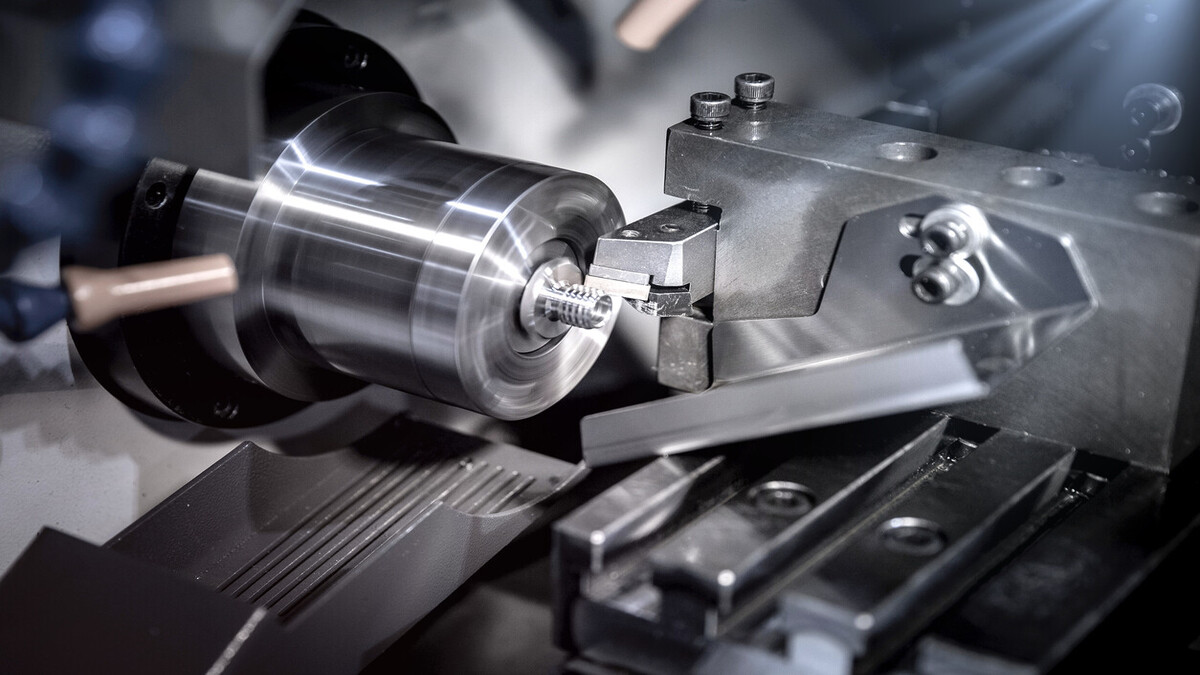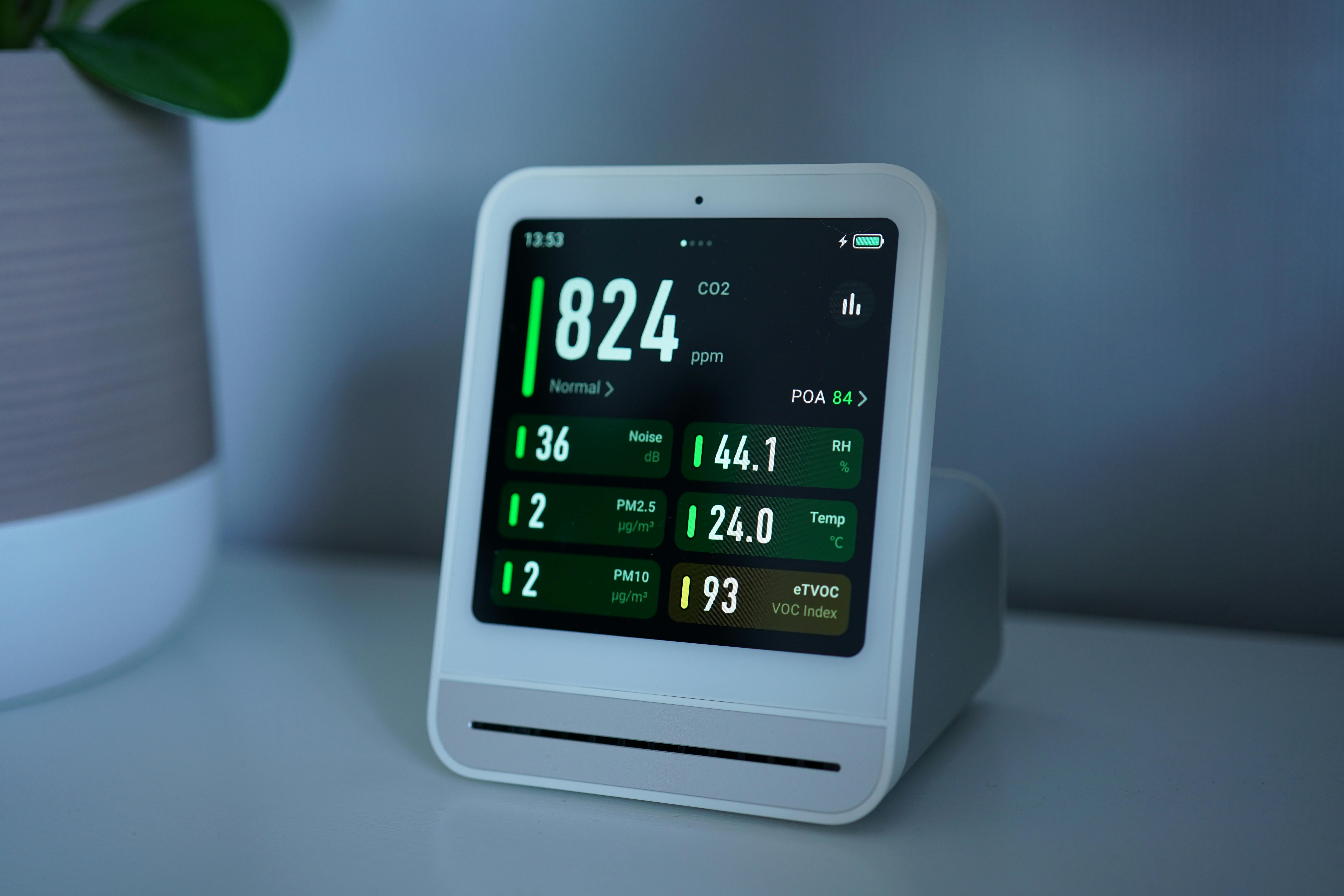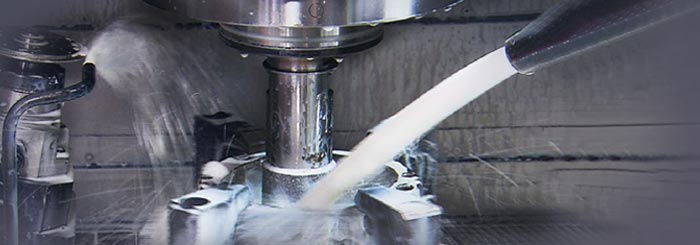Insights
As global manufacturing transitions into the era of Industry 4.0, precision, automation, and digital integration have become essential pillars of competitiveness. Proma Machinery, a Taiwan-based specialist in CNC tool grinding machines, is leading this transformation by providing intelligent, high-performance grinding solutions designed for modern toolmakers. With a focus on digital transformation and precision automation, Proma continues to shape the future of tool manufacturing in the industry 4.0 landscape.
2025-07-29 17:01:43
As the times evolve and the public’s aesthetic preferences advance, fast fashion has gradually become mainstream, characterized by rapid production, low prices, and mass consumption. Consequently, the textile industry’s waste problem has become increasingly severe. According to data, approximately 92 million tons of textile waste are generated globally each year, and the recycling rate for this waste is extremely low—less than 1% of garments are reused, while the majority are incinerated, placing a tremendous environmental burden on the Earth.
2025-07-29 16:31:30
Artificial intelligence and automation technologies are advancing at a rapid pace, driving large‑scale deployments of robots across manufacturing, healthcare, logistics, and service sectors. This momentum is propelling overall industry upgrades and operational efficiency leaps. Amid this wave, mastering the manufacture of high‑precision, high‑reliability core components has become the decisive factor in market competitiveness.
2025-07-29 16:12:44
Over the past decade, cutting fluid recycling and regeneration technologies have evolved from auxiliary support services into essential core equipment and processes within manufacturing. Recycling and reusing cutting fluids reduce raw material and water waste, making production processes more aligned with circular economy principles. According to market forecasts, the global cutting fluid market size will reach USD 3.78 billion in 2024 and is expected to grow to USD 5.64 billion by 2033, with a compound annual growth rate (CAGR) of approximately 4.3%. Among this, the market for regeneration equipment and treatment services is expanding particularly rapidly, reaching about USD 1.31 billion in 2024 and projected to double to USD 2.61 billion by 2033, with a CAGR as high as 7.8%.
2025-07-29 15:44:40
Aceretech is a professional plastic recycling machine manufacturer headquartered in Zhangjiagang, Jiangsu Province, China. Recognized as a national high-tech enterprise, the company specializes in the R&D and production of key equipment for shredding, washing, and pelletizing. With a focus on automated plastic recycling systems, Aceretech provides customized recycling solutions to clients across industries. The company has built an international R&D team with experts from Europe, Taiwan, and Mainland China, empowering it to develop core plastic recycling technology and deliver process-integrated machinery. Its equipment serves a broad spectrum of materials including agricultural films, appliance casings, packaging plastics, and engineering plastics.
2025-07-29 16:54:45
The development of oil mist recovery air purifiers has evolved beyond traditional air purification functions, moving toward high performance, intelligence, and sustainability. With the rise of smart manufacturing and ESG awareness, equipment is now expected to offer higher filtration efficiency and energy-saving capabilities. At the same time, IoT monitoring technologies are increasingly being integrated, enabling real-time tracking of filter saturation and equipment operating conditions. This helps effectively reduce maintenance costs and the risk of unexpected downtime.
2025-07-29 14:14:45
Since its founding in 2013, Hon Chuan Technology Co., Ltd. has specialized in the development and manufacturing of cutting fluid filtration and recycling systems. These systems are widely applied in industries such as aerospace, automotive, CNC machining, die-casting molds, medical components, bicycle parts, and sports equipment. By providing highly efficient and eco-friendly fluid management solutions, Hon Chuan helps companies conserve resources, improve production line efficiency, and move toward sustainable operations.
2025-07-29 14:17:45
As global environmental awareness continues to grow, the plastic recycling industry is presented with new development opportunities. However, the sector still faces multiple challenges, including improving recycling rates, efficiently sorting various types of plastics, and reducing operational costs.Plastic recycling involves sorting, cleaning, and processing waste plastics into reusable materials, helping reduce pollution and promote resource reuse.
2025-07-29 08:37:52
Facing the wave of global manufacturing transformation and automation upgrades, the hydraulic industry stands at a critical turning point. From traditional power output units, it is gradually evolving into an integrated system that combines precision manufacturing, intelligent control, and energy-saving technologies. The role of hydraulic technology in next-generation equipment is no longer limited to “power transmission,” but has become a key factor influencing efficiency, stability, and environmental sustainability.
2025-07-28 09:06:33
In response to ESG (Environmental, Social, and Governance) initiatives, many companies have begun embracing green office practices—from source reduction, energy and resource conservation, and eco-friendly procurement, to environmental beautification and internal advocacy. These actions not only reduce environmental impact but also enhance corporate image and employee well-being. Amid these transformations, choosing the right office chair may seem like a minor detail, but it in fact reflects all three ESG pillars—becoming a key stepping stone toward a sustainable future.
2025-07-28 08:56:09
Hot Topic
Agree





.jpg)

.jpg)


